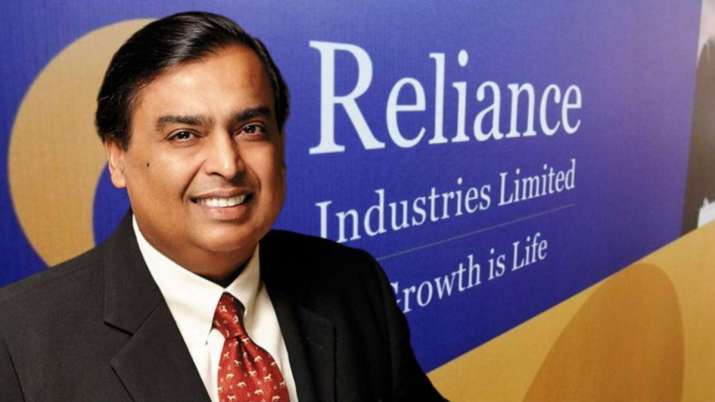Mukesh Ambani slips down to ninth position in World Rich List as RIL stock tumbled rapidly on Monday
Reliance Industries Ltd stock tumbled rapidly on Monday after the company posted a 15 percent year-on-year (YoY) drop in September quarter net profit. The drop in net profit of the oil-to-telecom conglomerate was seen due to the low sales during the COVID-19 pandemic. The shares of the index heavyweight company plunged 8.62 percent to ₹ 1,877, while partly-paid shares of the company tanked 10 percent to hit the lower circuit limit and close at ₹ 1,066. The drop in price marked a decline of more than ₹ 1 lakh crore from the market capitalization of the company.
The erosion of share price in the market affected RIL chairman Mukesh Ambani’s personal value as it shaved off $ 6.8 billion from his net worth. This pushed him down in the rankings of the world’s rich list. With a net worth of $ 71.5 billion he now ranks ninth in the list, three positions lower than his previous sixth standing.
Macquarie, earlier on Monday, put an “underperform” rating for the Reliance Industries Ltd stock. The Australian multinational independent investment bank and financial services company also maintained its target price at ₹ 1,320. The rapid sell-off on Monday would imply a downside of thirty percent.
The Economic Times reported a note that the Macquarie analysts wrote, saying, “With a one-two year view, we agree with India’s long-term digital opportunity, but we continue to see meaningful execution challenges and no moat for Reliance, particularly in retail. Our earnings and cash flow estimates are meaningful below consensus, and the stock is trading at our blue sky valuation.”
The brokerage company also forecasted that RIL’s FY22 EPS would grow 20 percent to ₹ 73 per share. However, they also said that this was 23 percent below consensus. The company also explains how it views a slower recovery in RIL’s refining and chemical margins, slower pace of Arpu growth, lower retail margins as JioMart scales up, high competition in retail, the higher working capital requirement for retail, higher Capex for Jio and retail, and higher minority interests.
After the downfall on Monday, the stock is 20.7 percent from its record high of ₹ 2,368 hit on September 16. On the other hand, the stock is up by 116 percent from its March low.
The increase of RIL’s stock price rapidly till September had been a headache for the mutual funds. This is as the regulatory norms do not allow actively-managed funds to own more than 10 percent of a single stock. This meant that they could not add more RIL stocks in their schemes.
Economic Times also reported comments of Deven Choksey, Group Managing Director at KR Choksey Investment Managers, as he said, “RIL is over-owned by most funds. The index heavyweight is one of the few frontline stocks that saw continued momentum. Fund managers are now compelled to restrict RIL holdings in their schemes.”
RIL’s only saviors in the quarter were the most recent ventures of Mukesh Ambani, which he carefully nurtured- Reliance Jio and Reliance Retail. The traditional and regular cash inflows, the oil and gas business, petrochemicals, and refining businesses are still far behind the pre coronavirus level whereas the digital services did better than the previous year and its retail sector with the recent push is also going in the same direction. Edelweiss Securities said l, “In our view, primary stock triggers — deleveraging, asset monetization, digital momentum — have played out.” The company also put a holding call on the stock and put the target price at ₹ 2,105 per share as they predict that RIL’s digital offerings are yet to gain notable traction.

